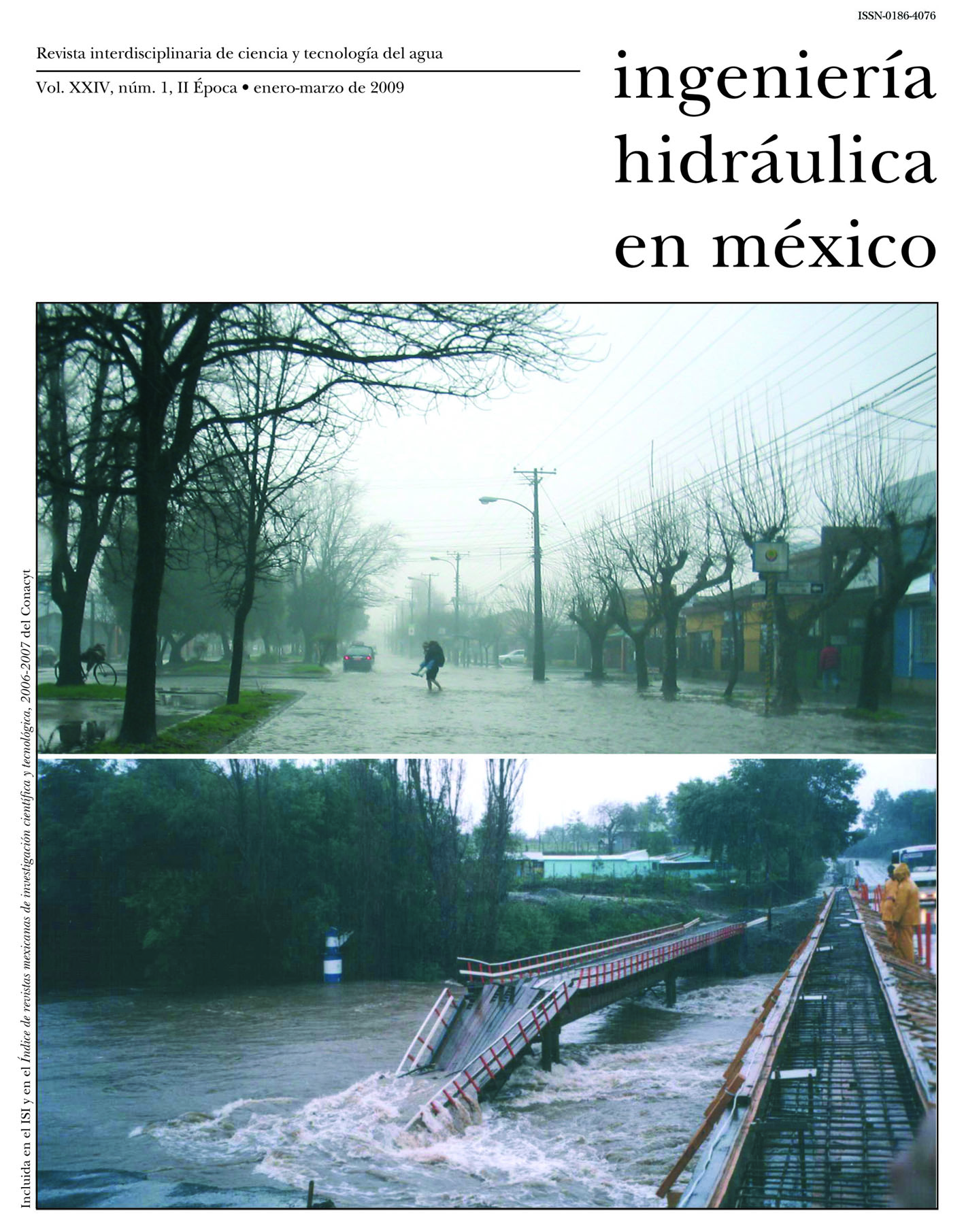Methodology for the diagnosis, management, and control of salinity applied in Irrigation District 038, Río Mayo, Sonora.
Keywords:
soil salinity, irrigation agriculture, deficient drainage, water quality, salinity causes, hierarchization, salinity effect, crop production.Abstract
The methodology for soil salinity control and management consists of five steps: assessment of the actual soil salinity condition; identification of the causes that promote soil salinity, hierarchical classification of all the causes promoting salinity, application of corrective measures, and assessment of the benefits obtained from the corrective measures. The causes that promote soil salinity were determined as parent material, irrigation water quality, land physiography and topography, inappropriate irrigation systems, water losses during conveyance, deficient surface drainage system maintenance, location and discharge conditions of the collector drains, and the lack of training on water management issues. For the study case, it was determined that the most important causes that promote soil salinity were the use of inappropriate irrigation systems, water losses during conveyance, the land topography, and the lack of training. The application of the present methodology allowed the hierarchical classification of the causes promoting soil salinity.Downloads
Published
2009-01-01
How to Cite
Methodology for the diagnosis, management, and control of salinity applied in Irrigation District 038, Río Mayo, Sonora. (2009). Tecnología Y Ciencias Del Agua, 24(1), 55–72. Retrieved from https://www.revistatyca.org.mx/index.php/tyca/article/view/83
Issue
Section
Articles
License
By Instituto Mexicano de Tecnología del Agua is distributed under a Creative Commons Attribution-NonCommercial-ShareAlike 4.0 International License. Based on a work at https://www.revistatyca.org.mx/. Permissions beyond what is covered by this license can be found in Editorial Policy.









